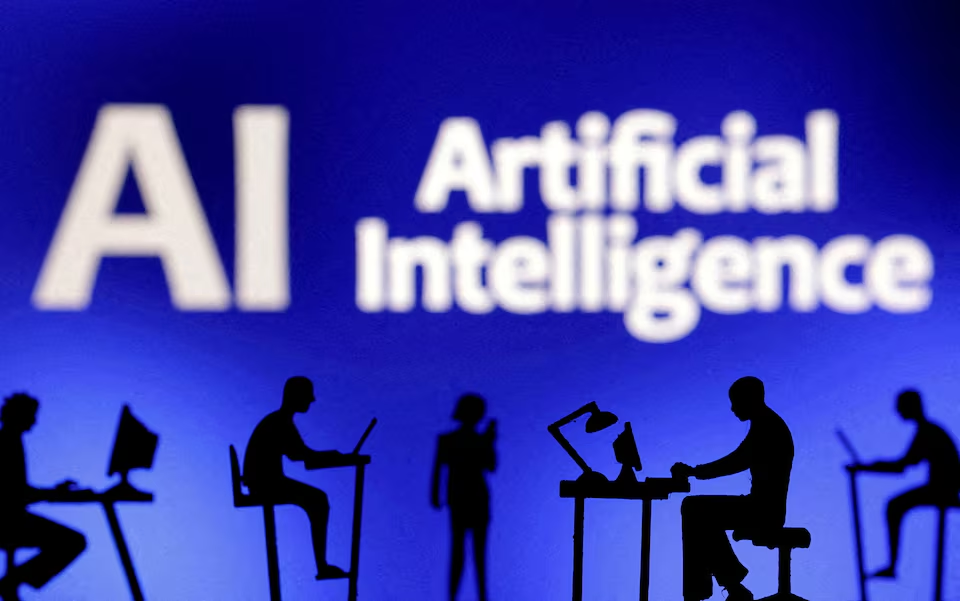A recent surge in U.S. stocks, driven by excitement over artificial intelligence (AI), is drawing comparisons to the dotcom bubble of two decades ago. The S&P 500 index has reached new heights this year, following a remarkable 50% increase from its October 2022 low, while the tech-heavy Nasdaq Composite has soared over 70% since the end of 2022. Although current stock valuations and investor sentiment have not yet reached the extremes of the late 1990s, the similarities are evident.
A select group of major tech stocks, including AI chipmaker Nvidia, are emblematic of today’s market, reminiscent of the “Four Horsemen” of the 1990s: Cisco, Dell, Microsoft, and Intel. Nvidia’s shares have skyrocketed nearly 4,300% over five years, echoing Cisco’s 4,500% rise leading up to its 2000 peak.
Valuations have increased, but many current tech giants are in a stronger financial position compared to their dotcom-era counterparts. Despite this, there is concern that the AI-driven surge may lead to a crash similar to the dotcom bust, which saw the Nasdaq Composite plummet almost 80% from its March 2000 peak to October 2002, and the S&P 500 drop nearly 50%.
The information technology sector now accounts for 32% of the S&P 500’s market value, the highest since 2000. However, today’s tech stocks are more modestly valued, trading at 31 times forward earnings, compared to 48 times during the dotcom bubble. Nvidia trades at 40 times forward earnings, while Cisco reached 131 in March 2000.
Capital Economics analysts highlight that the current rally is driven more by solid earnings forecasts than inflated valuations, indicating stronger fundamentals this time around. Forward earnings per share for sectors containing today’s market leaders—tech, communication services, and consumer discretionary—have been growing faster than the rest of the market since early 2023.
The S&P 500’s price-to-earnings ratio of 21, although above its historical average, remains below the roughly 25 level reached in 1999 and 2000. Despite this, some investors worry that metrics could become even more stretched if U.S. growth remains robust and tech stocks continue to rise.
Bullish sentiment, as measured by the American Association of Individual Investors survey, reached 75% in January 2000, just before the market peaked. It currently stands at 44.5%, compared to its historical average of 37.5%.
While an AI bubble is not guaranteed, the parallels to the dotcom era have made investors cautious. As Mike O’Rourke, chief market strategist at JonesTrading, notes, “When you have a bubble, usually it’s rooted in some true, positive, fundamental development that creates enthusiasm for people to pay any price.”
READ MORE:
